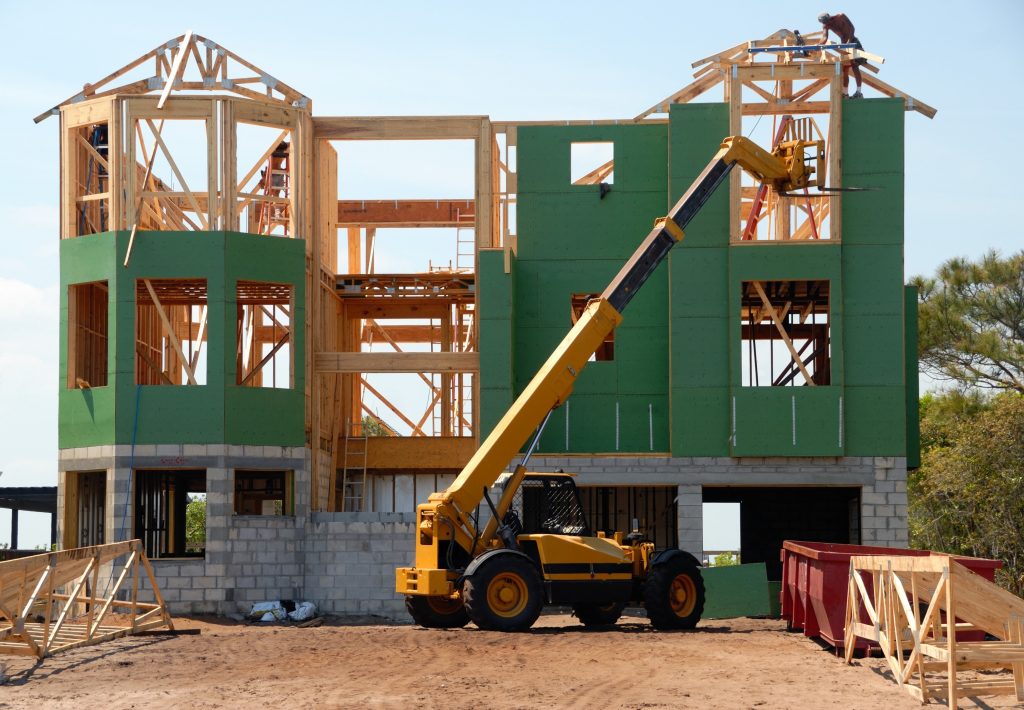VAT Domestic Reverse Charge for Building and Construction Services
We are now a couple of months into the new requirements around the VAT Domestic Reverse Charge, however, we still get several questions being asked about how to apply the new rules. Below is a brief overview of the new rules and what needs to be considered at both the subcontractor and contractor levels.
What is the Domestic Reverse Charge?
The VAT Domestic Reverse Charge for building and construction services, otherwise known as DRC, was first introduced by HMRC back in 2019 but only came into effect from 1st March 2021. This procedure has been implemented as an anti-fraud measure designed to stop criminal attacks against the UK VAT system.
The charge applies to transactions between contractors and subcontractors whose services are reported under the CIS scheme and where both parties are VAT registered, with the services provided needing to be either at the standard rate or reduced rate for VAT. Zero rated VAT services, such as construction of new builds, are exempt from the DRC.
Subcontractor Responsibilities and When to Apply Domestic Reverse Charge
Under the new rules, the individual or company supplying the construction services to a VAT registered customer no longer have the obligation to account for the VAT within their VAT returns. Instead, the customer accounts for the VAT on their behalf and pays the VAT directly to HMRC.
However, as a subcontractor you are responsible for confirming whether your customer is an end user or intermediary supplier, and it is best to get this confirmation in writing. If your customer confirms that they are the end user or intermediary supplier then normal VAT rules apply, but if no confirmation is obtained then you must inform your customer that the VAT Domestic Reverse Charge has been applied to your invoices.
When applying the DRC to your sales invoices, you must state the following:
- The rate of VAT that would have been applied to the invoice under normal VAT rules, for example 20% VAT.
- The amount of VAT due on the invoice that is payable to HMRC on your behalf.
- That the amount stated in the above point is payable to HMRC and NOT you as the subcontractor.
- Total amount payable to you excluding VAT.
An example of when the Domestic Reverse Charge is not applicable would be where both the contractor and subcontractor are registered for both CIS and VAT and are working on a private customer’s house. As this work is not under the scope of CIS rules then normal VAT rules apply.
An example of when the Domestic Reverse Charge is applicable would be, where both the contractor and subcontractor are registered for both CIS and VAT and are working on a development site. As the contractor is not the end user then the subcontractor needs to apply the DRC to their invoices.
Contractor Responsibilities and Reporting
As a contractor, under the Domestic Reverse Charge rules you are now responsible for paying your subcontractors VAT over to HMRC on their behalf and responsible for confirming in writing with the subcontractor whether you are deemed an end user or intermediary supplier.
If you are an end user and have confirmed in writing as such, your subcontractors should send you their invoices under the normal VAT rules and you can account for their VAT in the normal way by including the input tax in box 4 and the value of the purchases in box 7.
However, if you are not the end user then you are responsible for paying over your subcontractor’s VAT to HMRC on their behalf and reporting it correctly on your VAT return. To ensure you do not pay too much or too little VAT, make sure the invoice you receive shows the correct VAT rates, VAT amount and make sure the services listed are eligible for the reverse charge.
When entering the Domestic Reverse Charge invoices from your subcontractors on your VAT return, you still include input tax in box 4 and the value of the purchases in box 7, however you must enter the output tax on purchases into box 1 but do not enter the value of such purchases into box 6.
Remember, as a contractor you pay the VAT amount on the Domestic Reverse Charge invoices to HMRC and NOT to the subcontractor. Only pay the subcontractor for the amount of services provided net of VAT, which should be stated on their invoices, to avoid paying the VAT over twice!
Summary
Whilst it appears to be confusing the key is to consider what stage you are at in the chain and where the responsibility lies for accounting for VAT. If you are a subcontractor make sure you are also on the correct VAT scheme.
For any advice on VAT or CIS please contact us here.

